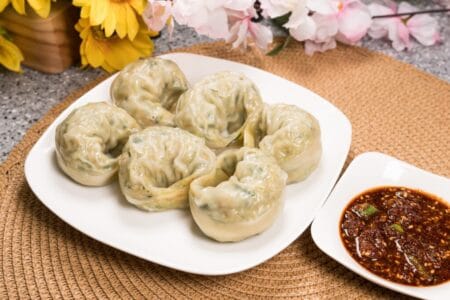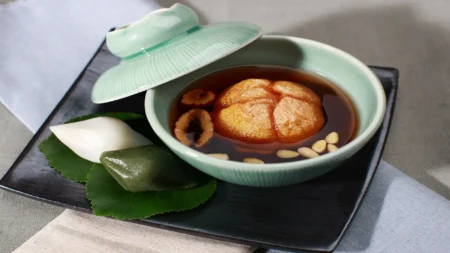Travel smart, stay respectful—your cultural cheat sheet to Korea
Whether you’re heading to Seoul for the first time or binge-watching K-Dramas before your trip, understanding Korean etiquette is key to making a great impression.
South Korea blends deep-rooted Confucian values with fast-paced modern life, which means manners matter—more than you might think.
Here’s your essential guide to the do’s and don’ts of Korean culture, from dining tables to subway seats.
✅ DO: Bow When Greeting
In Korea, a slight bow shows respect. It’s customary when:
Greeting someone
Thanking someone
Saying goodbye
🤝 Combine a bow with a handshake when greeting elders or during formal situations.
🗝️ Cultural note: The deeper the bow, the more respect you’re showing.
❌ DON’T: Use One Hand to Give or Receive
Always use two hands (or your right hand supported by your left forearm) when:
Giving or receiving money
Accepting a gift
Handing over your ID or business card
✅ This is a major sign of respect, especially to elders or anyone senior to you.
✅ DO: Remove Your Shoes Indoors
Many Korean homes, traditional restaurants, temples, and guesthouses require removing your shoes at the entrance.
👟 Look for a shoe rack or slippers provided by the host.
❌ DON’T: Stick Your Chopsticks Upright in Rice
This resembles a funeral ritual and is considered bad luck.
🧂 Also avoid:
Waving chopsticks
Pointing with chopsticks
Passing food from one pair of chopsticks to another (also tied to funeral rites)
✅ DO: Respect Elders at the Table
Age plays a big role in Korean social structure. At meals:
Wait for the eldest person to start eating before you do
Pour drinks for elders first
Turn your head away (slightly) when drinking alcohol in front of them
🫱 Pro tip: When pouring alcohol, use two hands to show politeness.
❌ DON’T: Speak Loudly in Public
Whether on the subway or in a café, keeping your voice low is seen as respectful.
📵 On public transportation, avoid taking phone calls and keep notifications muted.
✅ DO: Accept and Offer with Politeness
Even casual exchanges are formalized in Korea. When handing over:
A gift
Change at a store
A business card
➡️ Use both hands and make eye contact briefly while doing so.
❌ DON’T: Tip at Restaurants
Unlike many Western countries, tipping is not expected in Korea and may even cause confusion.
💸 Some high-end restaurants or hotels include a service fee, but generally, a thank you is enough.
✅ DO: Learn a Few Korean Phrases
Even basic words go a long way in showing respect:
안녕하세요 (Annyeonghaseyo) – Hello
감사합니다 (Gamsahamnida) – Thank you
죄송합니다 (Joesonghamnida) – I’m sorry
괜찮아요 (Gwaenchanayo) – It’s okay/no problem
🌸 Trying—even imperfectly—will earn you smiles and appreciation.
❌ DON’T: Be Too Touchy
Koreans tend to be more reserved with physical contact. Avoid:
Hugging strangers
Touching arms or shoulders casually
Back pats unless you know someone well
🚻 Public displays of affection (PDA) are becoming more common among youth but are still seen as inappropriate in many places.
✅ BONUS: Mind the Seating Hierarchy
Whether in a car, meeting room, or restaurant, where you sit matters.
🪑 Elders or higher-status individuals usually sit at the head or in the most comfortable spot. Let them choose their seat first.
✈️ Final Thoughts: Respect Makes the Best Souvenir
Korean etiquette may seem complex at first, but it all boils down to one word: respect—for others, for tradition, and for the space you’re in.
Show curiosity, be polite, and you’ll be welcomed with warmth and hospitality.
📸 Reader Challenge:
Snapped a polite bow at a temple or your first respectful dinner in Seoul? Share it with #KoreaMannersMatters and tag @KoreaThread!







